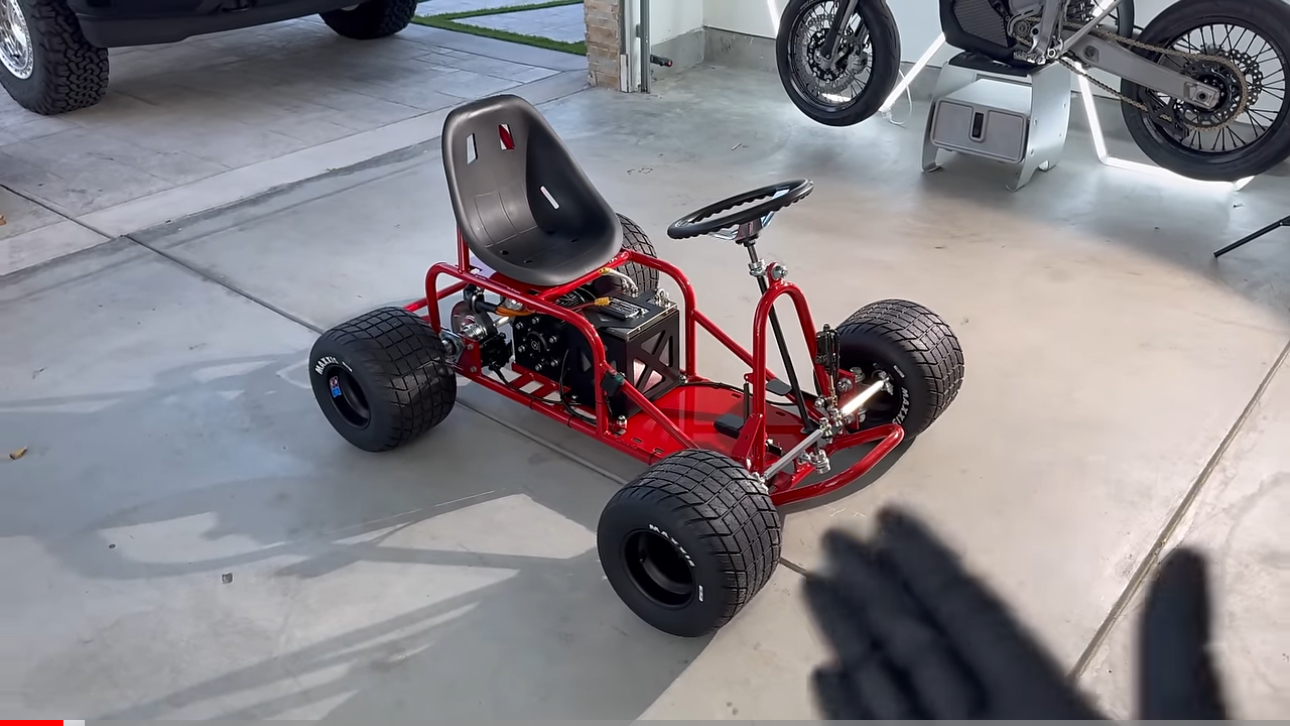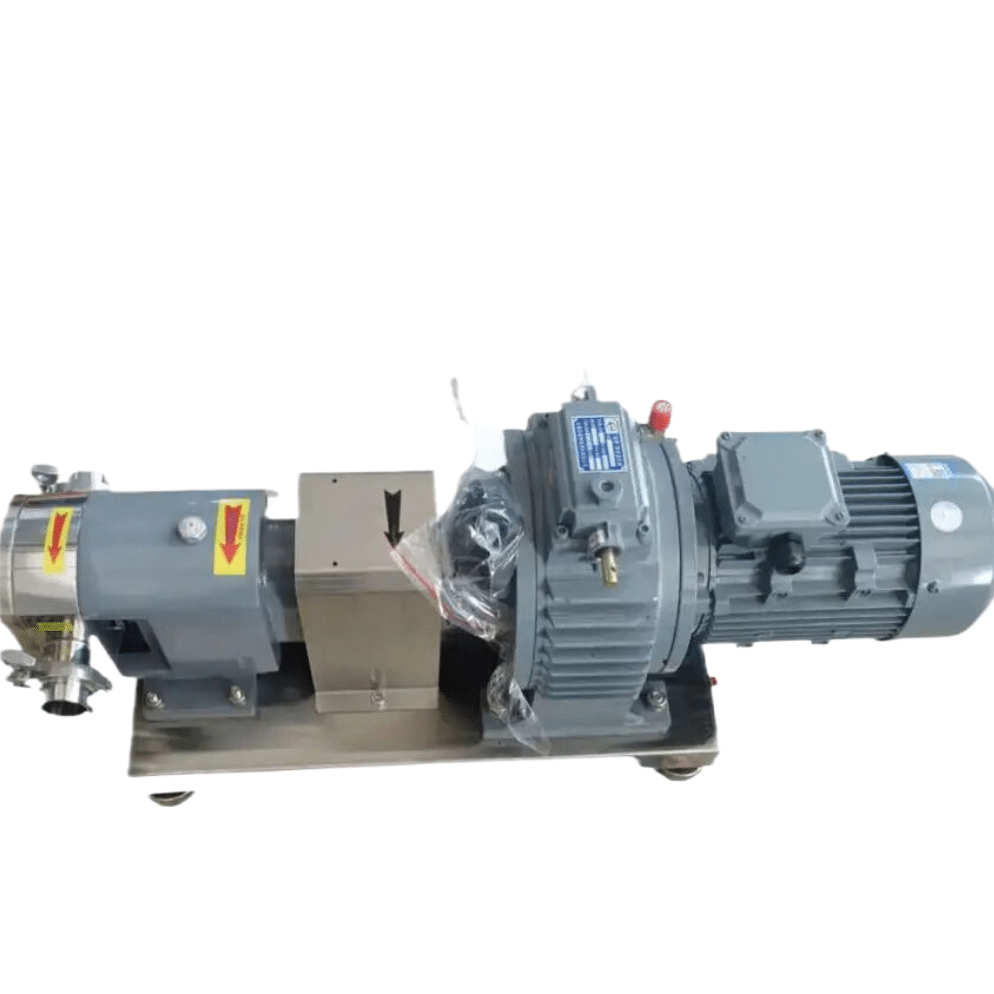The Science Behind Drift Carts: Engineering Principles That Make Sideways Motion Possible

Strong 8k brings an ultra-HD IPTV experience to your living room and your pocket.
Understanding the Technical Mastery: How Physics, Materials, and Design Create the Perfect Sliding Machine
The engineering challenges involved in creating effective drift carts represent a fascinating intersection of automotive technology, materials science, and applied physics. Unlike conventional racing vehicles that prioritize maximum grip and cornering efficiency, drift carts must be carefully engineered to achieve controlled instability while maintaining predictable handling characteristics. This fundamental contradiction in design objectives creates unique technical challenges that have driven remarkable innovation within the drift cart community.
The center of gravity plays a crucial role in drift cart performance, influencing both the ease of slide initiation and the vehicle's behavior during extended drift sequences. Engineers designing drift carts must carefully balance multiple competing factors when determining optimal weight distribution. A lower center of gravity generally improves stability and reduces rollover risk, but it can also make slide initiation more difficult by increasing the lateral force required to overcome static friction.
The relationship between wheelbase length and drift cart behavior demonstrates complex physics principles in action. Shorter wheelbases create more responsive vehicles that can change direction quickly, making them ideal for tight, technical courses with rapid transitions between left and right slides. However, these compact configurations can become unstable at higher speeds, requiring greater skill to control effectively. Longer wheelbases provide enhanced stability and more forgiving handling characteristics, making them suitable for high-speed drift sequences and novice drivers.
Suspension geometry in drift cart applications requires sophisticated understanding of kinematic principles and their effects on tire contact patches during dynamic maneuvers. The suspension must manage extreme weight transfer events while maintaining optimal tire contact angles throughout the sliding process. Conventional racing suspension setups, designed to maximize grip, often prove counterproductive in drift cart applications where controlled grip loss is the primary objective.
Camber angles become particularly critical in drift cart setup, as the extreme lateral forces generated during slides can quickly overwhelm tire contact patches if geometry is not optimized correctly. Unlike traditional racing applications where minimal camber is often preferred for maximum contact patch area, drift carts may benefit from aggressive camber settings that maintain tire contact during extreme lean angles. This geometric optimization requires careful analysis of expected operating conditions and driver skill levels.
The tire compound selection process for drift carts involves complex tribological considerations that extend far beyond simple grip levels. The ideal drift cart tire must provide enough grip to maintain forward momentum while allowing controlled sliding at predictable force levels. This balance requires careful consideration of rubber compound chemistry, tread pattern design, and sidewall construction. Many successful drift cart builders experiment with unconventional materials, including specialized plastics and composite materials that offer unique friction characteristics.
Heat generation and management in drift cart tires present unique challenges due to the extended sliding periods that characterize this discipline. Unlike conventional racing where tire heating occurs primarily during acceleration and braking phases, drift cart tires generate heat continuously throughout corner sequences. This thermal loading can rapidly degrade tire performance and requires careful consideration in both compound selection and operational procedures.
The aerodynamic considerations for drift carts differ significantly from traditional racing applications due to the sideways orientation maintained during much of the operational cycle. Conventional aerodynamic principles, developed for vehicles traveling in straight lines, provide limited guidance for vehicles that spend significant time at extreme slip angles. The aerodynamic forces acting on a sideways-moving drift cart can create unexpected stability or instability effects that must be carefully considered during design phases.
Steering geometry optimization for drift carts requires understanding of complex dynamic interactions between front wheel alignment, steering response, and vehicle behavior during slides. The steering system must provide precise control during normal operation while remaining manageable when large corrections are required during slide recovery. Ackermann geometry, toe settings, and steering ratio all influence the driver's ability to maintain control during aggressive maneuvers.
The drivetrain considerations for drift carts encompass not only power delivery characteristics but also the mechanical durability required to withstand the unique stresses imposed by sideways operation. The differential, if present, must be capable of managing the extreme speed differences between inside and outside wheels during extended slides. Many drift cart builders eliminate differentials entirely, using solid axles that simplify construction while providing predictable handling characteristics.
Power delivery characteristics significantly influence drift cart behavior, with different engine types offering distinct advantages and challenges. Internal combustion engines provide traditional power delivery curves that many drivers find intuitive, but they also require complex fuel delivery and ignition systems that can be disrupted by the extreme attitudes encountered during aggressive sliding. Electric powertrains offer instant torque delivery and precise control characteristics that can be particularly beneficial for drift applications, though they introduce complexity in terms of battery management and charging infrastructure.
The structural design requirements for drift cart chassis construction involve analyzing stress patterns that differ significantly from conventional racing applications. The lateral loads imposed during sliding create unique stress concentrations that must be addressed through careful material selection and structural design. The chassis must resist twisting forces while maintaining sufficient compliance to provide acceptable ride quality and tire contact.
Braking system design for drift carts presents interesting challenges, as conventional racing brake optimization focuses on maximum deceleration capability rather than the precise modulation required for drift cart applications. The braking system must provide controllable deceleration for speed adjustment without disrupting established slide angles. Some advanced drift cart designs incorporate separate rear brake controls that allow drivers to induce or modify slides through selective brake application.
Safety system integration in drift cart design requires balancing protection requirements with the unique operational characteristics of sideways motion. Traditional racing safety equipment, designed for forward-facing impacts, may not provide optimal protection for the lateral and rotational forces encountered during drift cart operation. Roll cage design, seat mounting, and restraint system selection all require modification from conventional racing standards.
The measurement and analysis of drift cart performance involves developing new metrics that capture the unique objectives of sideways racing. Traditional performance measures like lap times become less relevant when style and angle are primary evaluation criteria. Advanced drift cart development requires instrumentation capable of measuring slip angles, lateral acceleration, and yaw rates throughout extended slide sequences.
Material science advances continue to influence drift cart development, with new composite materials offering improved strength-to-weight ratios and novel friction characteristics. Carbon fiber components, once exclusive to high-end racing applications, are becoming more accessible to drift cart builders seeking weight reduction and increased structural stiffness. Similarly, advances in polymer chemistry are creating new tire compound options that offer unique performance characteristics specifically suited to drift applications.
The future of drift cart engineering will likely incorporate increasingly sophisticated electronic systems that can monitor and adjust vehicle behavior in real-time. Traction control systems, originally designed to prevent sliding in conventional vehicles, are being adapted to maintain optimal slide angles in drift cart applications. These technological advances promise to make drift carts more accessible to novice drivers while providing expert operators with unprecedented control precision.
The engineering principles underlying successful drift cart design represent a unique branch of automotive technology that challenges conventional assumptions about vehicle dynamics and performance optimization. The continuing evolution of drift carts demonstrates how focused engineering effort can create entirely new categories of recreational vehicles that provide unique experiences impossible to achieve through conventional design approaches.
Note: IndiBlogHub features both user-submitted and editorial content. We do not verify third-party contributions. Read our Disclaimer and Privacy Policyfor details.







